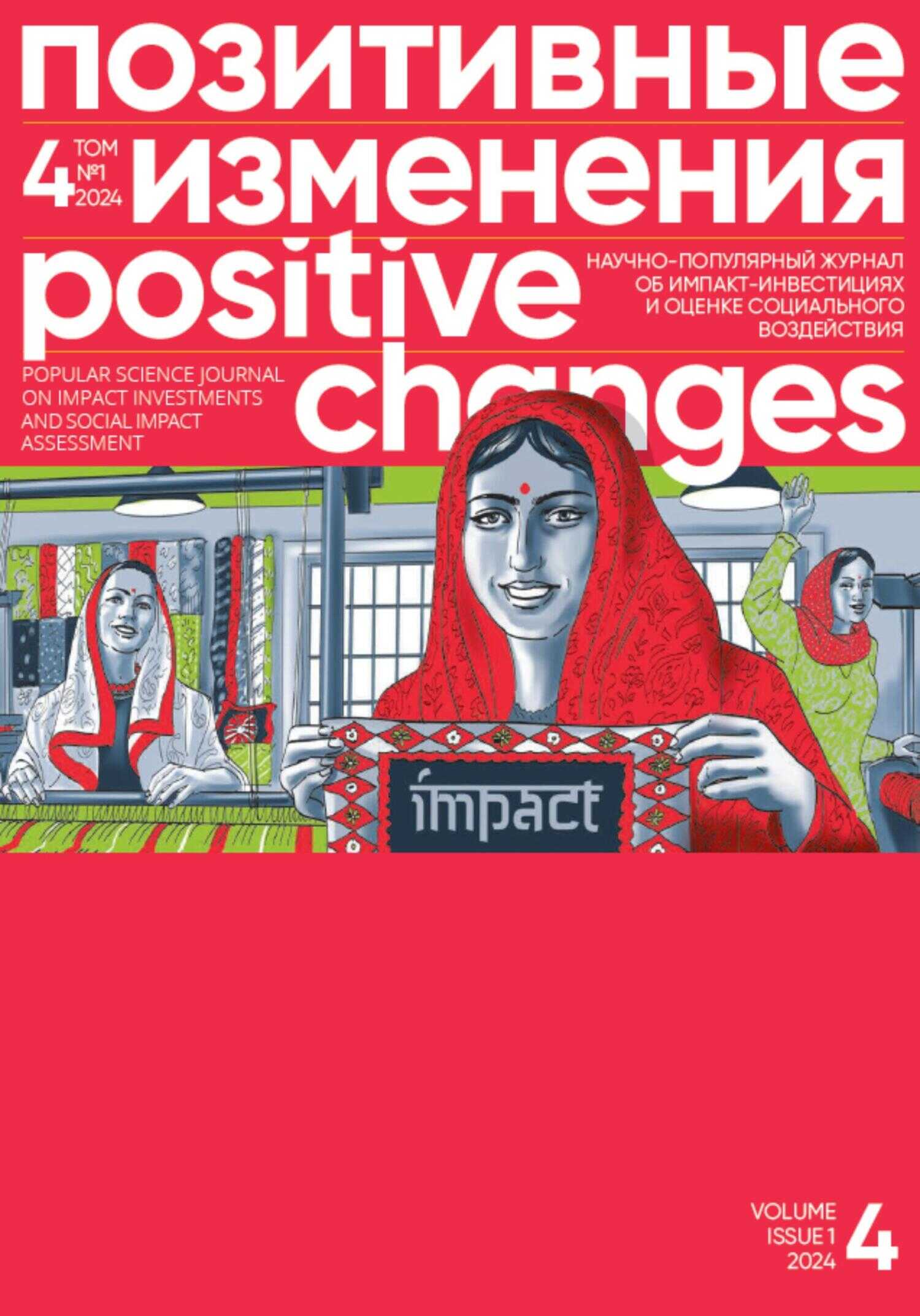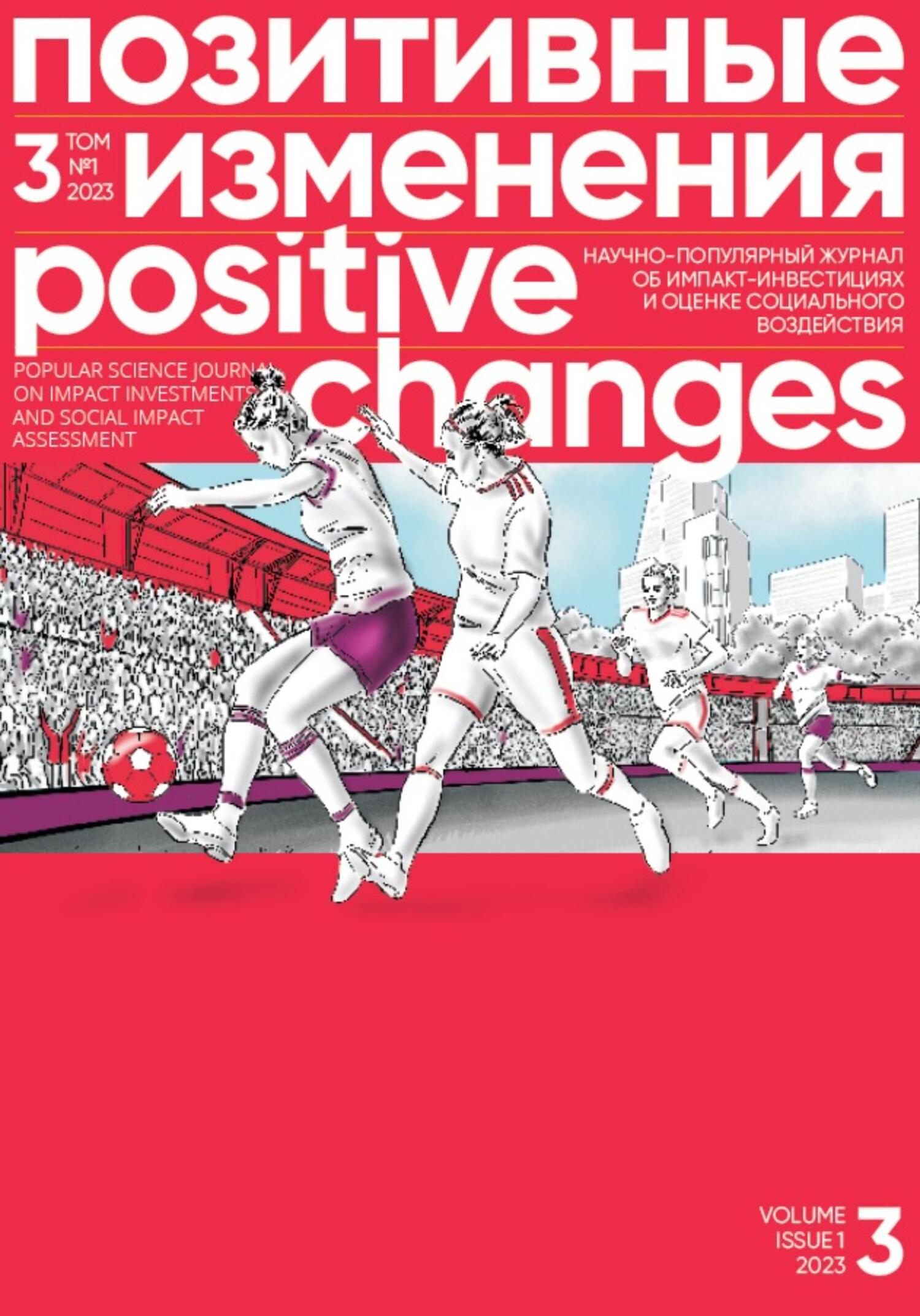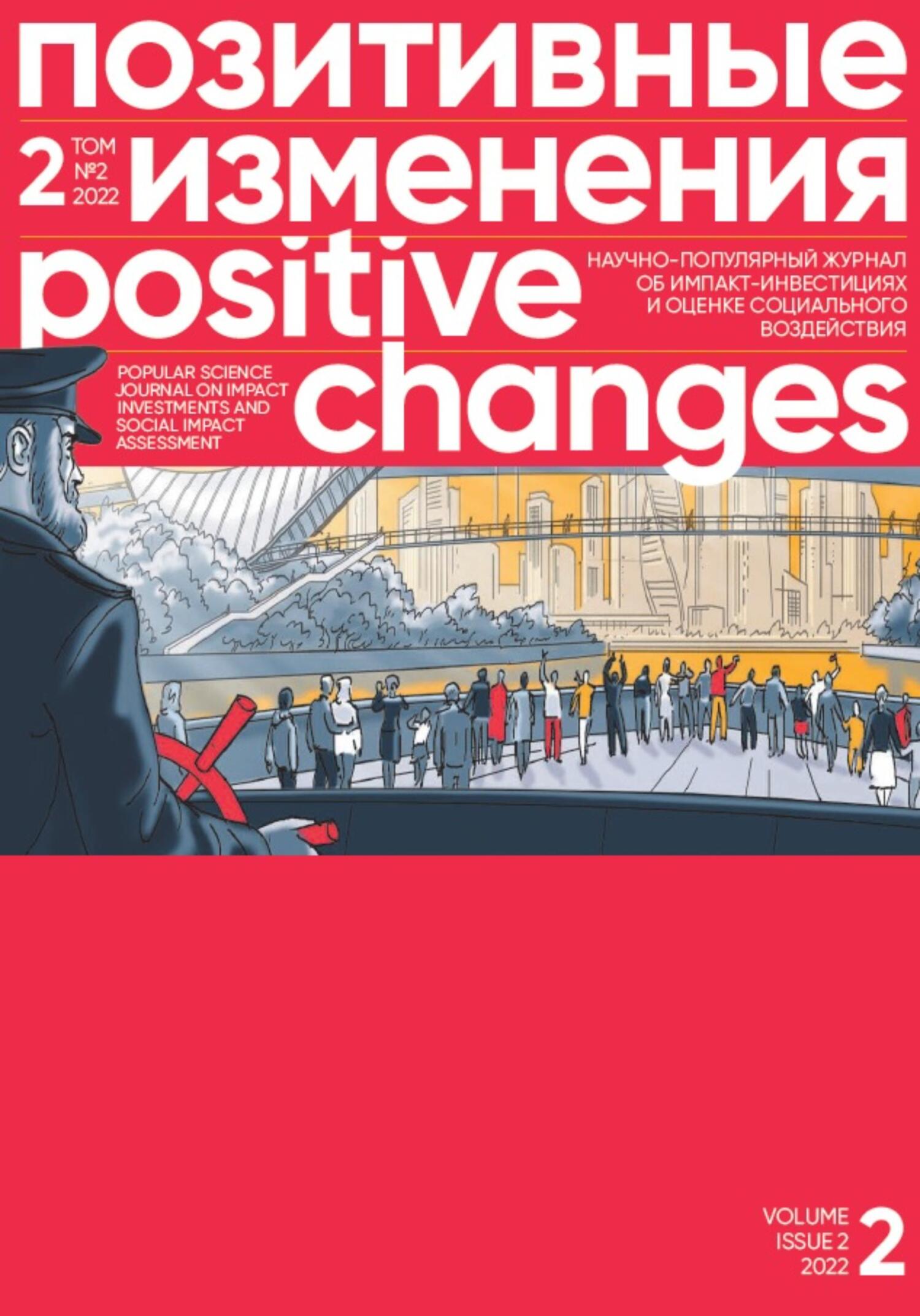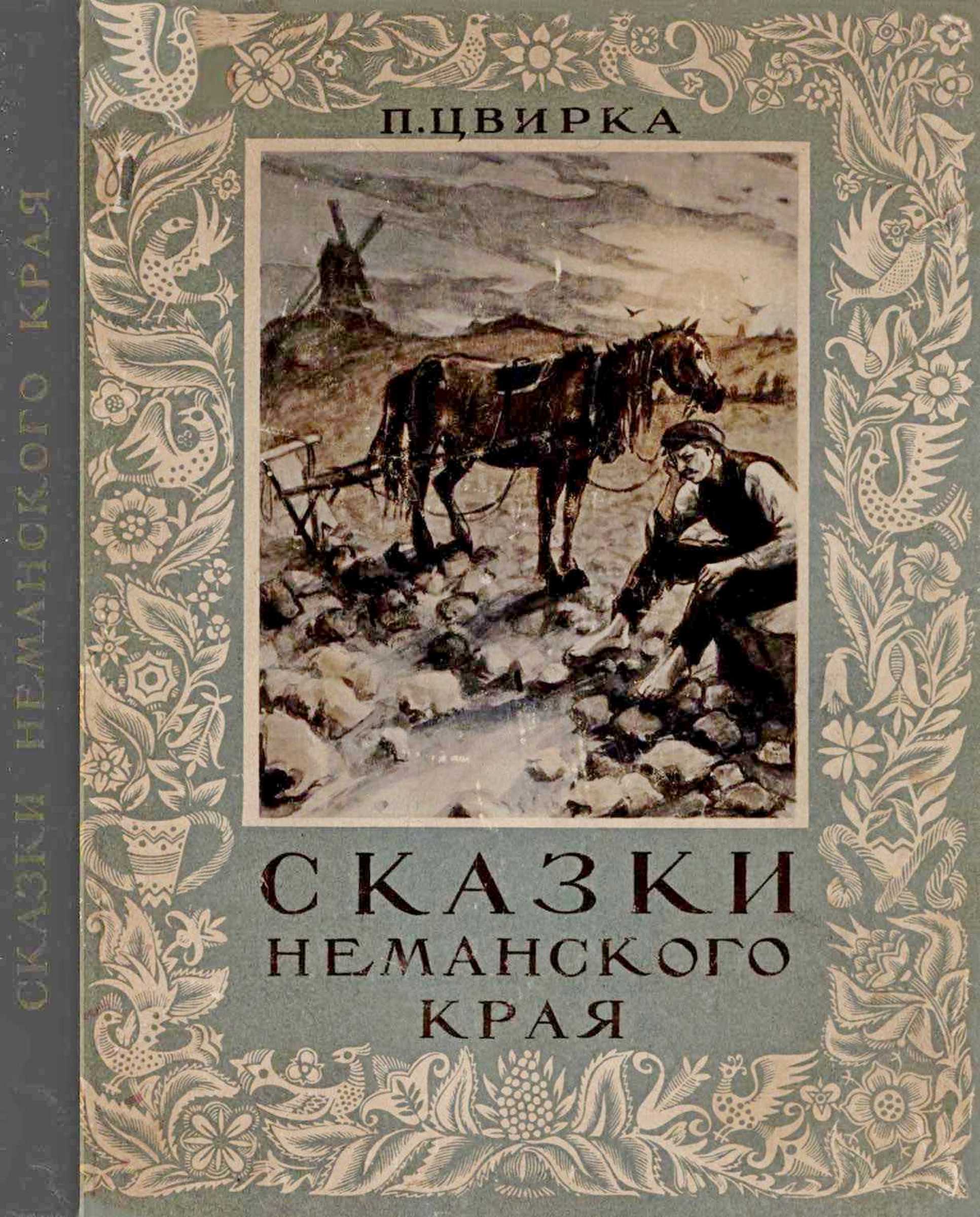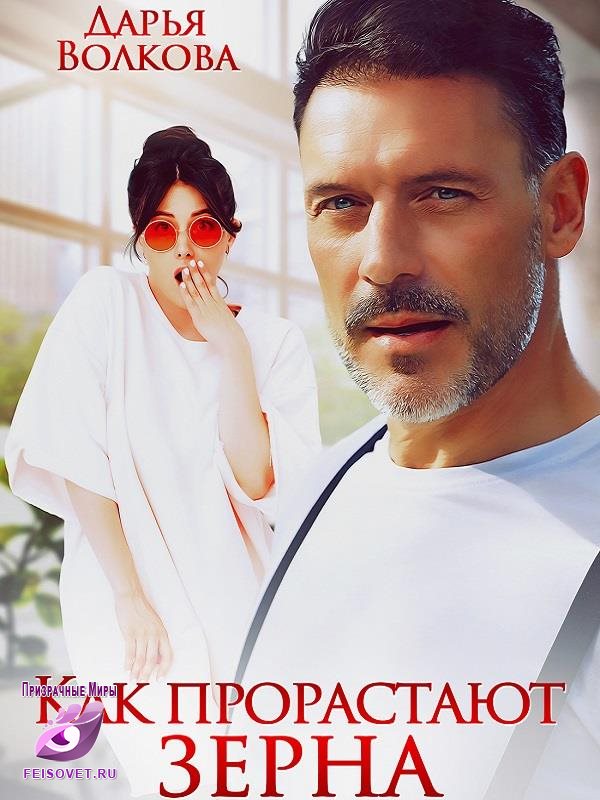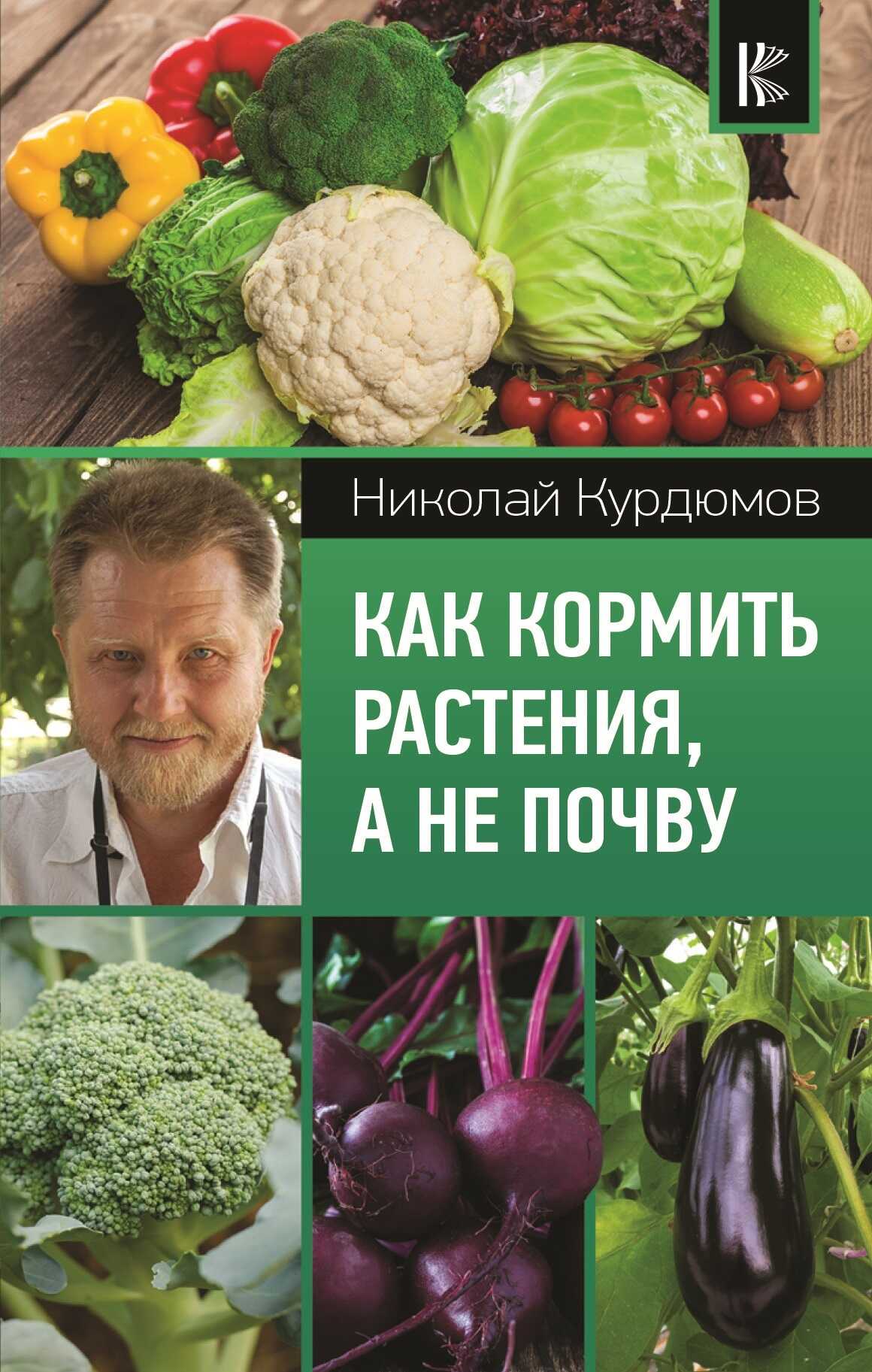Шрифт:
Закладка:
Groups then present their project concepts to other participants for feedback and potential collaboration. Those interested in a particular idea are encouraged to join the corresponding project group to refine and develop the idea further.
Stage 8. Forming Initiative Groups. Session participants are encouraged to sign up for project groups, share their contact details, and the group initiator will arrange a subsequent meeting to further discuss the project initiative. The session includes discussions on resourcing for initiatives with the assistance of the Resource Map, and potential for participation in grant competitions, both at local and federal levels. The session ends with a roundup and collection of feedback.
PROJECT SUPPORT DOES NOT END THERENote that the project session model described above is just one example of engaging with territorial leaders. Organizers may modify this model, incorporate external speakers, and include gamification elements.
It is important to recognize that the organizer’s role continues beyond such sessions. The organizer will continue to support the initiative groups in the territory, visiting them in person and conducting new sessions. “Garant” has coined a term for these sessions as “project workshops.” Essentially, these are social design workshops reoriented towards practical application. Such workshops typically span a full day or preferably two days and are attended by project groups (comprising 2–3 individuals each) that have a well-delineated idea, documented in writing, even if only briefly, on half a page. Ensuring there is a clear project outline is vital; the project group should discuss and document the idea.
During the workshop, it is crucial to explain the concept of a project to group members: the logic of project development, the breakdown of project components, and how to compute the necessary resources. For guidance, the manual “Fun Project Management: From Idea to Project. Part 1.”[60]
RESULTS AND EXAMPLES OF PROJECTS As previously mentioned, the outcomes of such extended efforts can be deferred. Here are some quantifiable results from applying the Garant methodology:• A network of 12 resource centers each led by strong leaders. All of them have been established across various districts of the region owing to the program;
• More than 50 projects successfully realized under the program across four directions;
• Participation of over 20 resource centers from smaller regions.
Let us examine in greater detail two successful projects facilitated by this methodology.
The “Born in Ustyany” Project. This initiative was implemented in the Ustyansky district of the Arkhangelsk region.[61] It encompassed several initiatives:
• “Taste of Childhood”: A series of interactive events centered on Ustyany’s traditional cuisine for children and youth. One of the results was “Tasty Talks” — a compilation of traditional recipes from the region’s grandmothers.
• “Ustyany Style”: Creating a modern, stylized youth collection featuring traditional Povazhye painting, embroidery, and lacework.
• “We Live Modestly, But Our Echo Travels Far”: Involving youth in the documentation and promotion of local events.
• “Ustyany Surnames”: Hosting short lecture evenings focused on the history of local surnames. Through the project’s realization, the district’s youth became acquainted with their heritage, discovering not just outdated crafts but opportunities for innovation and entrepreneurship.
The project creator, Natalia Tsokorova, participated in one of Garant’s orientation workshops, utilizing the methodology we have detailed above. After the project’s conclusion, Natalia Tsokorova transferred her experience to the Ustyansky District Cultural Center, contributing to the territory’s comprehensive development. The establishment of the Ustyany Hospitality Communication Center, a VK community and website ensued to attract tourists and investments to the region. In an interview, Natalia recounted that approximately 70 % of the employees from the municipal cultural institution where she works underwent project management training and are now independently applying for grants. She estimated the total amount of funds raised from various sources for cultural development and preservation of the district’s traditions to be around 4 million rubles within the first three years after the “Born in Ustyany” project. Quantifying the exact impact of Garant’s methodology on the region’s development is challenging, yet the qualitative changes are conspicuously evident.
Fedorova Gora Project This project is underway within Shenkursky District, Arkhangelsk Region, specifically in the village of Vlasyevskaya. Locally known as Kremlikha, the village has around 50 inhabitants but lacks a club, library, post office, store, or any communal space for gatherings and social interaction.
The residents themselves have improved their living environment, enhancing the high bank along the meadow with benches and waste bins. They have also encircled the territory with informational stands designed in the style of traditional Russian log hut walls. On these stands, they have displayed interesting historical facts about their village, making it a place of interest not only for locals but also for tourists. Now this location has transformed into a focal point of attraction for both the community and visitors alike.
“Fedorova Gora” is a result of efforts of a large team that united local residents, TOS participants, entrepreneurs, and the local administration. The project today for many is an illustration of how life, even in the smallest and most inconspicuous village, can become interesting thanks to its residents.
At first glance, the quantitative results of the project are modest — one observation deck in a small village. But this project initiated a whole cascade of qualitative changes. Kremlikha now has its own page on the social network VK, which has almost 600 subscribers.[62] The initiative group managed to implement several more projects even after the completion of the project:
• Equipping a space for sports and
